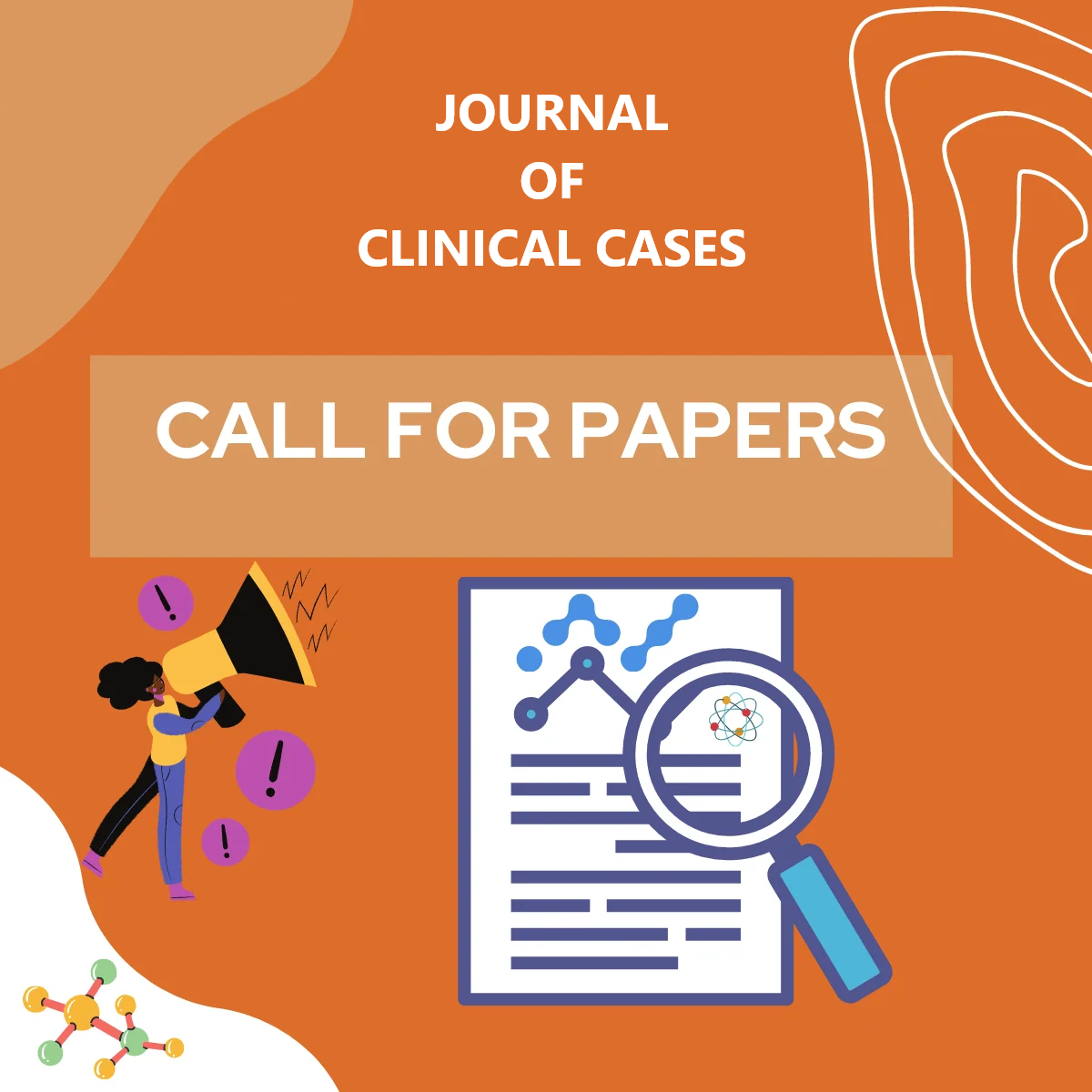Journal Citations
- Crossref
- PubMed
- Semantic Scholar
- Google Scholar
- Academia
- SCRIBD
- ISSUU
- Publons
- MENDELEY
Share This Page
Journal Page

Arrythmogenic Right Ventricular Dysplasia: Case Report
Camila Araujo Nogueira, Rodolfo Alves Antônio Silva do Nascimento, Michel Ulloffo do Nascimento, and Charlene Troiani do Nascimento.
Departments
Corresponding Author: Camila Araujo Nogueira
Published Date: 17 April 2024; Received Date: 28 March 2024
ABSTRACT
Summary: Arrhythmogenic Right Ventricular Dysplasia (ARVD) is an inherited cardiomyopathy associated with the replacement of myocytes by fibrous and/or fibroadipose tissue, usually manifesting between the third and fifth decades of life. In the arrhythmic phase, when it becomes symptomatic, the patient may experience palpitations, syncope, and symptomatic ventricular arrhythmias originating in the right ventricle (RV). The absence of unique and specific diagnostic criteria is a factor that complicates and delays diagnosis. The main examinations performed are electrocardiogram (ECG), echocardiogram, and magnetic resonance imaging (MRI), often showing negative T waves, widening of the QRS complex with larger S waves, presence of late potentials, incomplete, complete, or atypical right bundle branch block, combined or isolated, in addition to the epsilon wave which is characteristic of ARVD. This article aimed to report the clinical case of a patient with ARVD, from the onset of signs and symptoms to the outcome of the case. The patient was admitted with a typical clinical picture of decompensated heart failure and during complementary exams, the possibility of ARVD was suggested, even with the nonspecific clinical presentation, later confirming the diagnosis with cardiac magnetic resonance imaging (MRI) and endomyocardial biopsy. ARVD is a disease with difficult early diagnosis, often confused with other pathologies due to presenting signs and symptoms characteristic of other heart diseases. Adherence to pharmacological treatment alleviates symptoms and improves quality of life, but in addition, lifestyle changes and regular follow-up are of paramount importance.
Case presentation: A 49-year-old male patient presented to the Regional Hospital of Presidente Prudente complaining of progressive dyspnea, with significant worsening over the past day. He reported experiencing cold sweats with minimal exertion and lightheadedness three days ago, followed by marked dyspnea with minimal exertion one day prior to seeking medical attention. The patient reported a history of progressively worsening dyspnea over the past 7 years, initially occurring during strenuous activities. He sought specialized care where he was diagnosed with heart failure with reduced ejection fraction (HFrEF) of 29% (Simpson’s method), concentric left ventricular hypertrophy, and grade II diastolic dysfunction. Since then, he had been undergoing pharmacological treatment with dose adjustments and changes in medication classes, with irregular followup and persistent hypertension control issues and HF decompensations, necessitating medical attention. .
Conclusion: ARVD is a disease that is difficult to diagnose early, often being mistaken for other pathologies due to presenting signs and symptoms characteristic of other heart diseases. MRI is crucial for indicating fibrosis, leading to confirmation of the definitive diagnosis through endomyocardial biopsy, supporting studies that dismiss the need for fatty infiltrations to confirm the diagnosis. Adherence to pharmacological treatment alleviates symptoms and improves quality of life, but it is also of paramount importance to make lifestyle changes and maintain regular follow-up.

